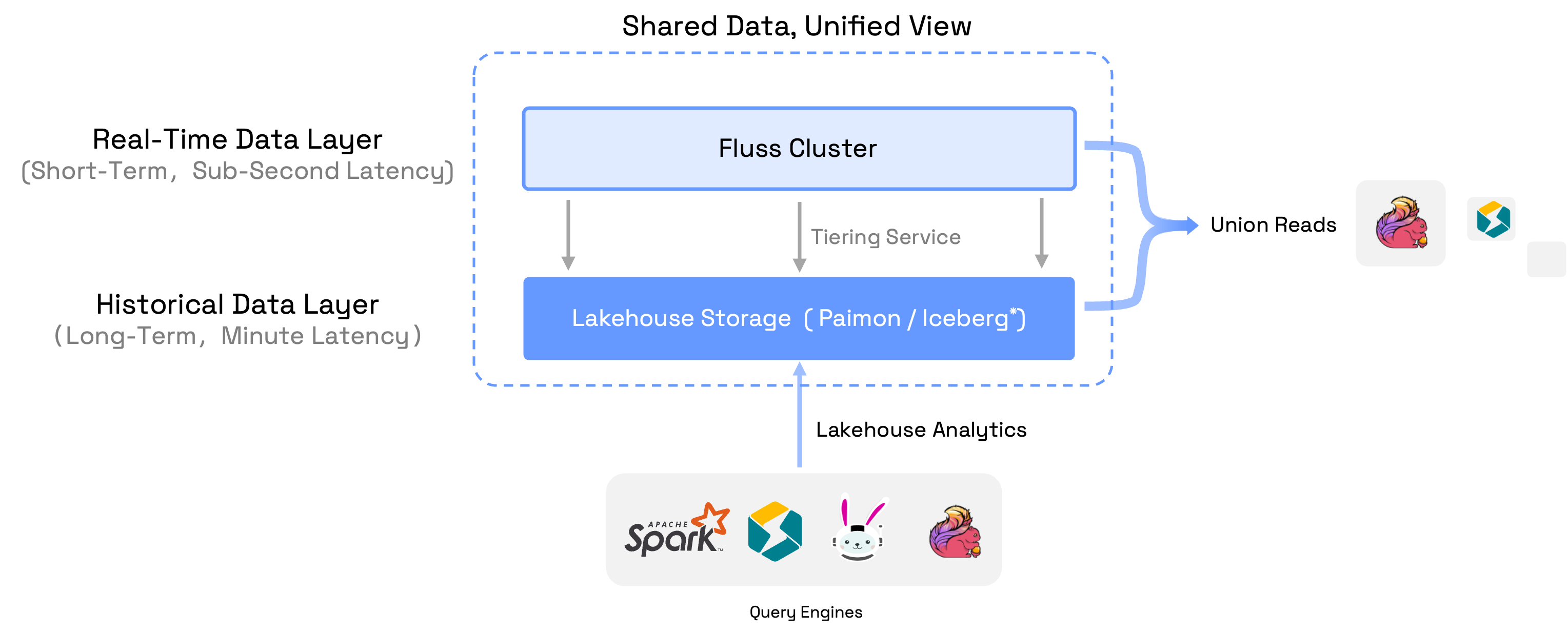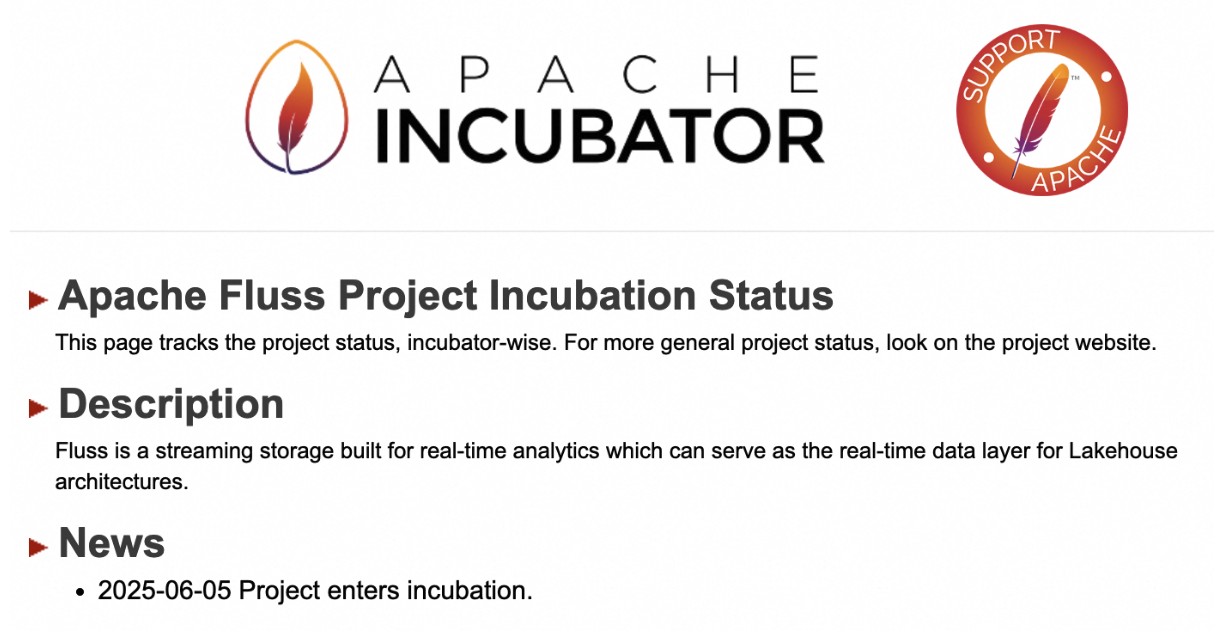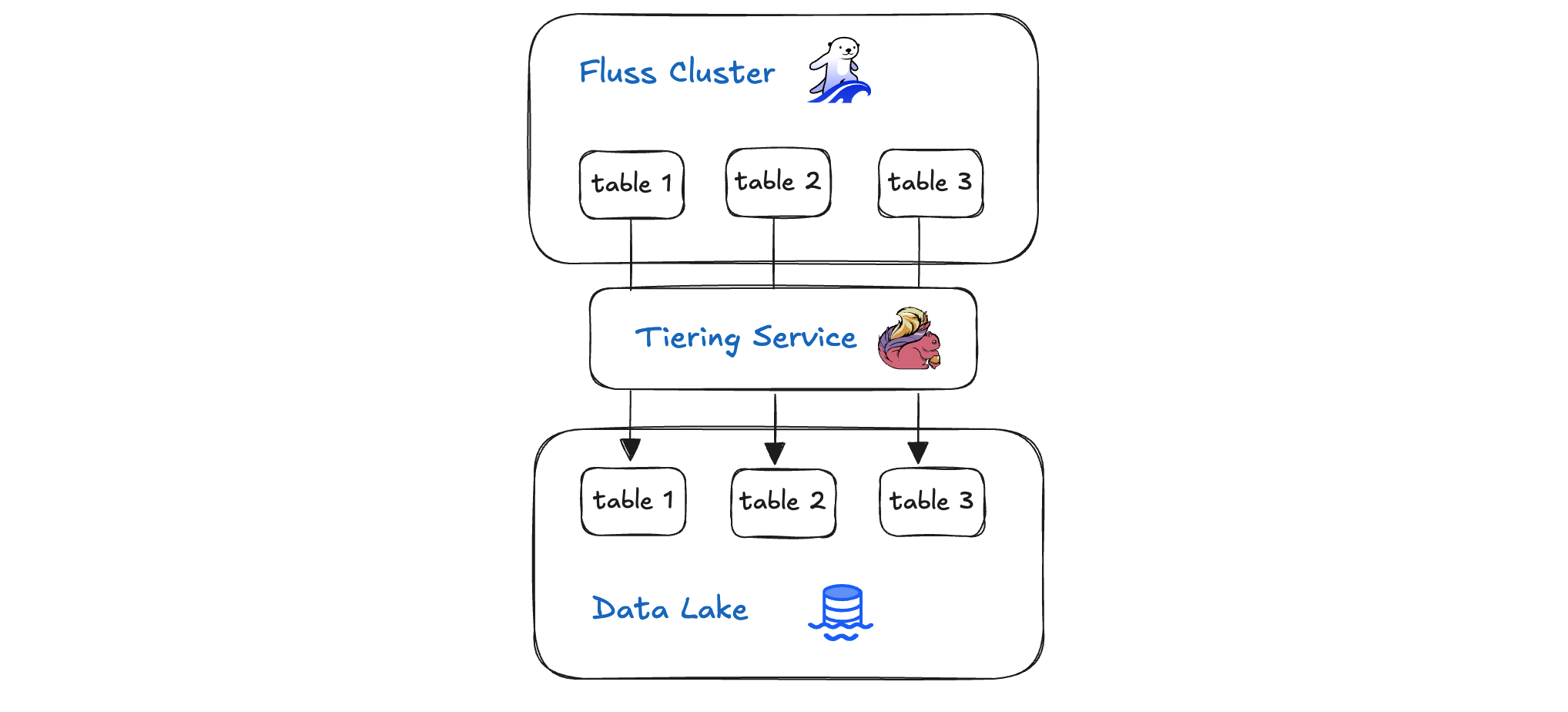Announcing Apache Fluss (Incubating) 0.8: Streaming Lakehouse for Data + AI

🌊 We are excited to announce the official release of Apache Fluss (Incubating) 0.8!
This is our first release under the incubator of the Apache Software Foundation, marking a significant milestone in our journey to provide a robust streaming storage platform for real-time analytics.
Over the past four months, the community has made tremendous progress, delivering nearly 400 commits that push the boundaries of the Streaming Lakehouse ecosystem. This release includes multiple stability optimizations and introduces deeper integrations, performance breakthroughs, and next-generation stream processing capabilities. Highlights:
- 🧊 Enhanced Streaming Lakehouse capabilities with full support for Apache Iceberg and Lance
- ⚡ Introduction of Delta Joins with Flink, a game-changing innovation that redefines efficiency in stream processing by minimizing state and maximizing speed.
- 🔧 Supports hot updates for both cluster configurations and table configurations
Apache Fluss 0.8 marks the beginning of a new era in streaming: real-time, unified, and zero-state, purpose-built to power the next generation of data platforms with low-latency performance, scalability, and architectural simplicity.






